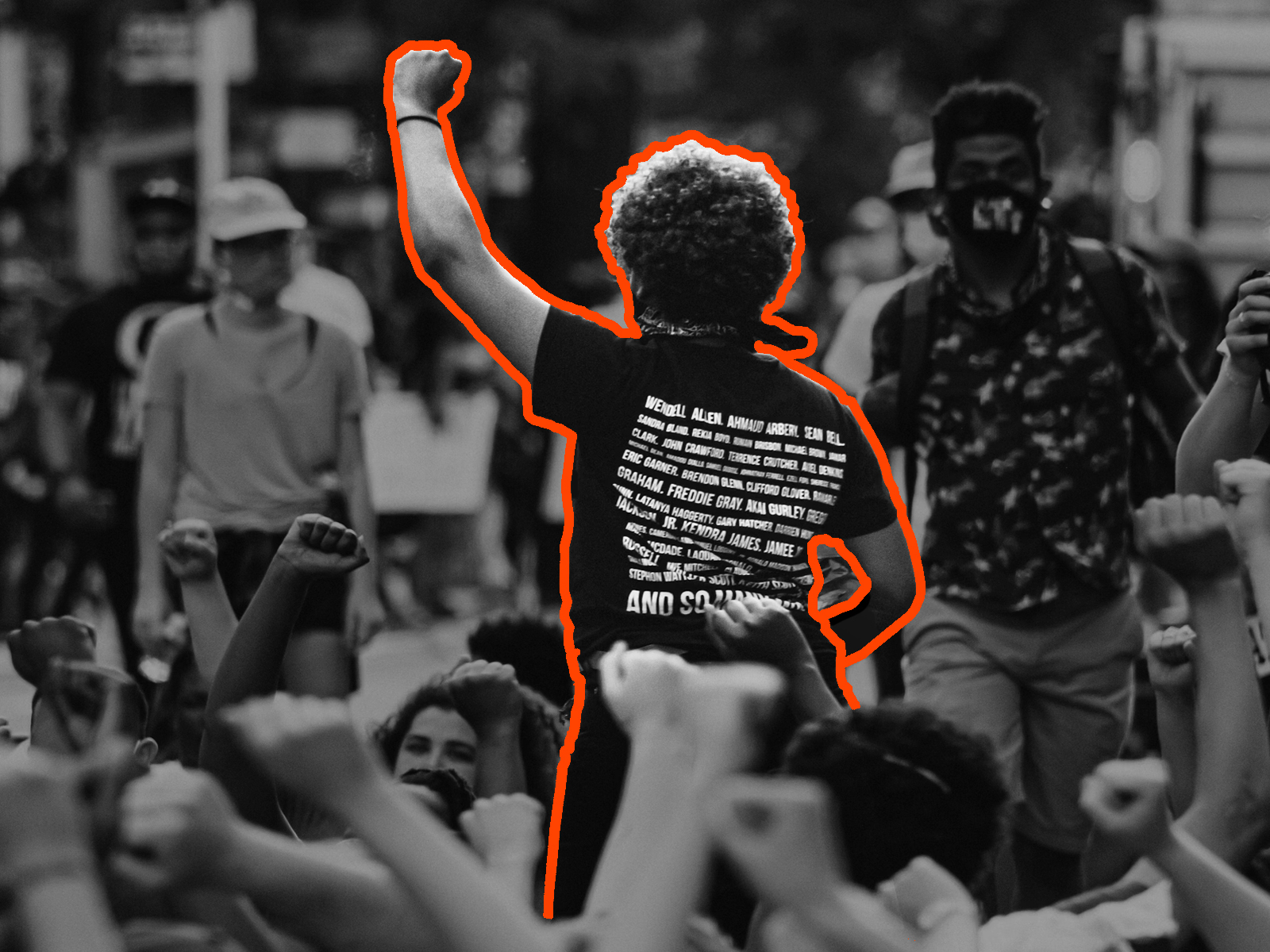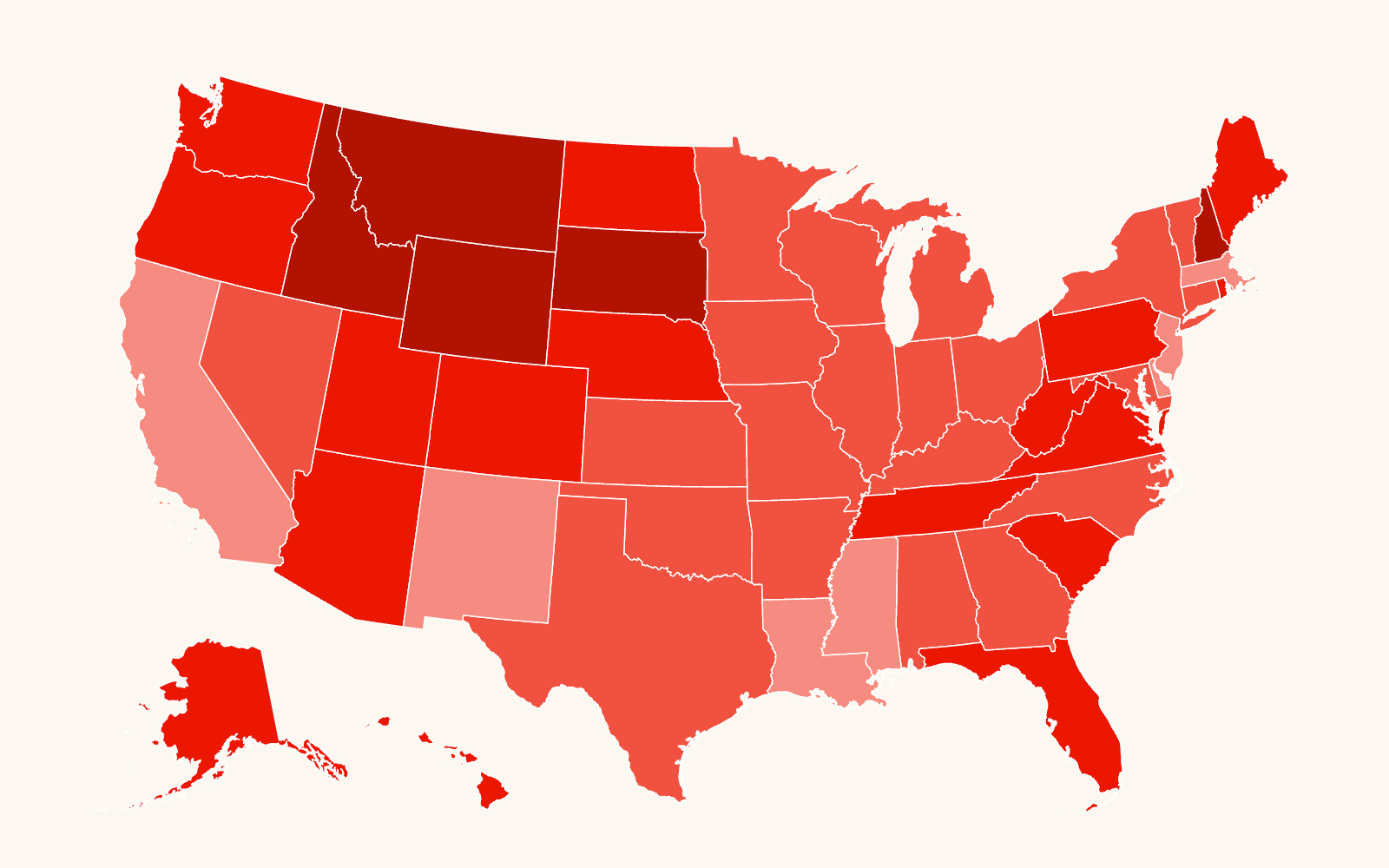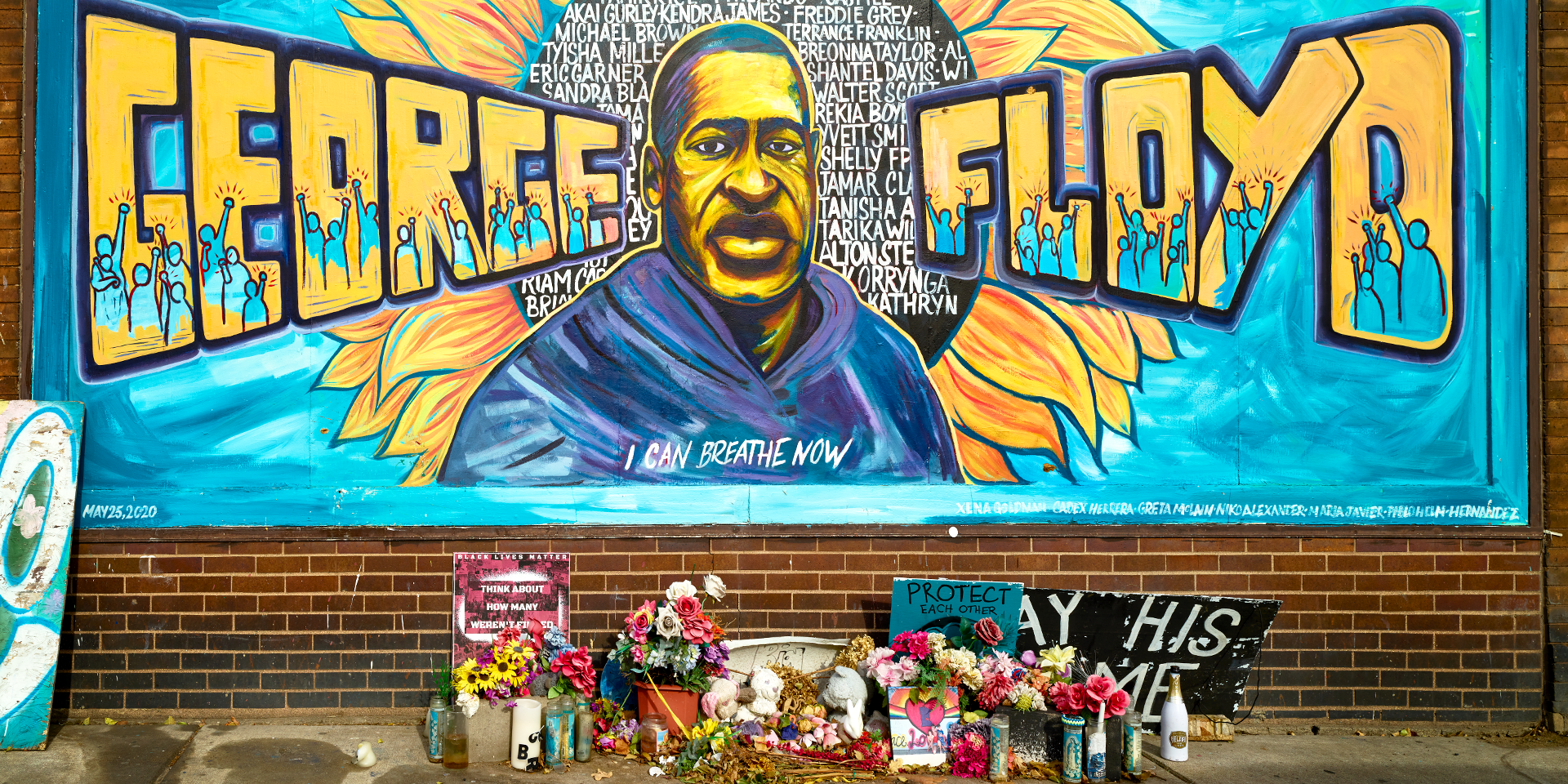It’s no surprise that President Donald Trump’s administration is defunding artists and their capacity to produce art while targeting cultural institutions. Authoritarians have always tried to control the creative community and ruthlessly stamp out art contrary to their ideology. The symbolism of a culture the administration disdains, combined with the power of art to penetrate popular culture and influence opinion, threatens Trump.
The far-right movement aims to control the way that art reflects history: banning books, denigrating and maligning artists and threatening cultural institutions that are standing up to racism and nationalism. It views the power of art and culture as a form of resistance to right-wing orthodoxy. Politically and financially, Trump’s administration is attacking the very foundation and infrastructure that uplifts art and promotes a culture rooted in equality and community rather than division and exclusion.
Artists and other activists who collaborate with one another are beginning to take precautions to protect themselves while simultaneously fighting to defend democracy.
The words and art of cultural icons like Bruce Springsteen and Jane Fonda are taking it to the Trump administration, and by doing so, they are generating support among their peers to stand up for justice. Grassroots campaigns are beginning to take hold as evidenced in the “No Kings” protest, mobilizing 5 million people in 2,000 cities.
Here are nine lessons on what works, drawn from our history of resistance and the current crisis.
- Self-censorship — Don’t self-censor. The biggest mistake we could make while trying to ignite a movement is to let our fears dominate our actions. Stand up for what you know is right.
- Know the law — Be clear about what actions you can take as an individual or organization and then go full bore.
- Embrace creatives — Artists and organizers who collaborate with one another have great capacity to effect change. Community and labor organizations can mobilize and exercise their power, and by working with artists they can creatively shift authoritarian narratives that constrain our actions.
- Safety in numbers — Working in alliances offers protection since you are less likely to be individually targeted. It doesn’t offer full protection, but there is more safety in numbers. Ensure that service to a community — not just your interests — is centered in your work.
- Be prepared — Attend crisis response trainings. In case of crisis, have a targeted plan for action and a list of people to contact for support, including lawyer names and numbers.
- Show solidarity — If you work in an organization that is not being directly targeted, stand with those who are being attacked.
- Security is key — Get back in the habit of picking up the phone. There is no technological system (not even Signal!) that can keep written or recorded communications undiscoverable; the best security mechanism is in your head.
- Keep it safe — When tech is necessary, protect your correspondence. Develop a cybersecurity plan. Don’t use artificial intelligence systems to make verbatim recordings.
- Make it viral — When you see good protest art, images, cartoons and songs, share them. When you hear good news — and there is a lot of it — share it with a friend. Courage and hope are contagious.
Ken Grossinger is a longtime strategist and author, most recently of Art Works: How Organizers and Artists Are Creating a Better World Together (New Press, 2023).
Image at top: In a photo from 2020, flowers, messages and other tributes are left under a mural honoring George Floyd in Minneapolis. (Courtesy of Carol Highsmith/Library of Congress)



